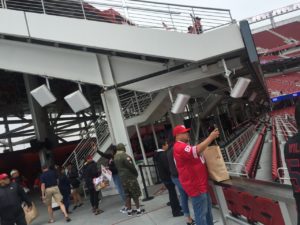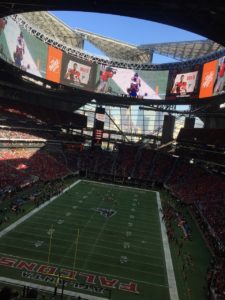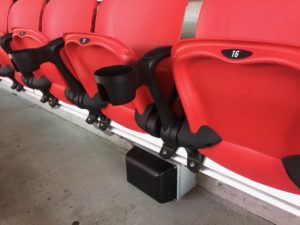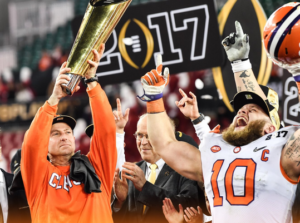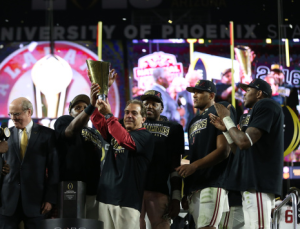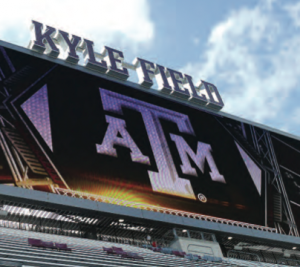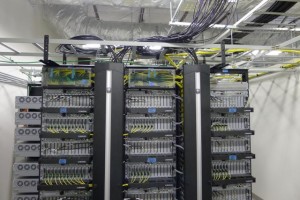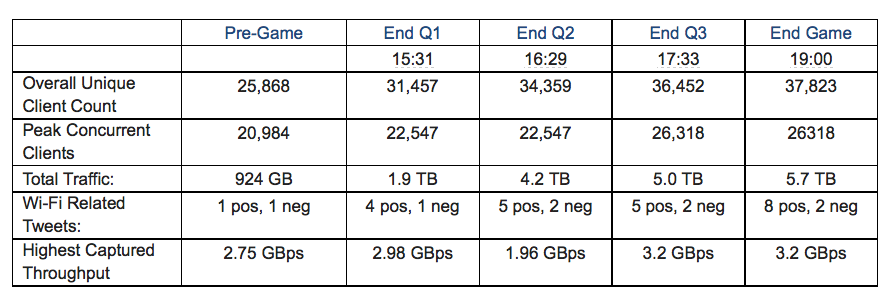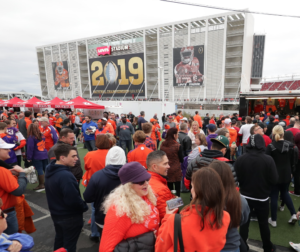 Fans and media members at Monday night’s College Football Playoff championship game used a total of 5.1 terabytes of data on the Wi-Fi network at Levi’s Stadium, according to figures provided by the San Francisco 49ers, who own and run the venue.
Fans and media members at Monday night’s College Football Playoff championship game used a total of 5.1 terabytes of data on the Wi-Fi network at Levi’s Stadium, according to figures provided by the San Francisco 49ers, who own and run the venue.
With 74,814 in attendance for Clemson’s 44-16 victory over Alabama, 17,440 of those in the stands found their way onto the stadium’s Wi-Fi network. According to the Niners the peak concurrent connection number of 11,674 users was seen at 7:05 p.m. local time, which was probably right around the halftime break. The peak bandwidth rate of 3.81 Gbps, the Niners said, was seen at 5:15 p.m. local time, just after kickoff.
In a nice granular breakout, the Niners said about 4.24 TB of the Wi-Fi data was used by fans, while a bit more than 675 GB was used by the more than 925 media members in attendance. The Wi-Fi data totals were recorded during an 8-1/2 hour period on Monday, from 1 p.m. to 9:30 p.m. local time.
Added to the 3.7 TB of DAS traffic AT&T reported inside Levi’s Stadium Monday night, we’re up to 8.8 TB total wireless traffic so far, with reports from Verizon, Sprint and T-Mobile still not in. The top Wi-Fi number at Levi’s Stadium, for now, remains Super Bowl 50, which saw 10.1 TB of Wi-Fi traffic.

